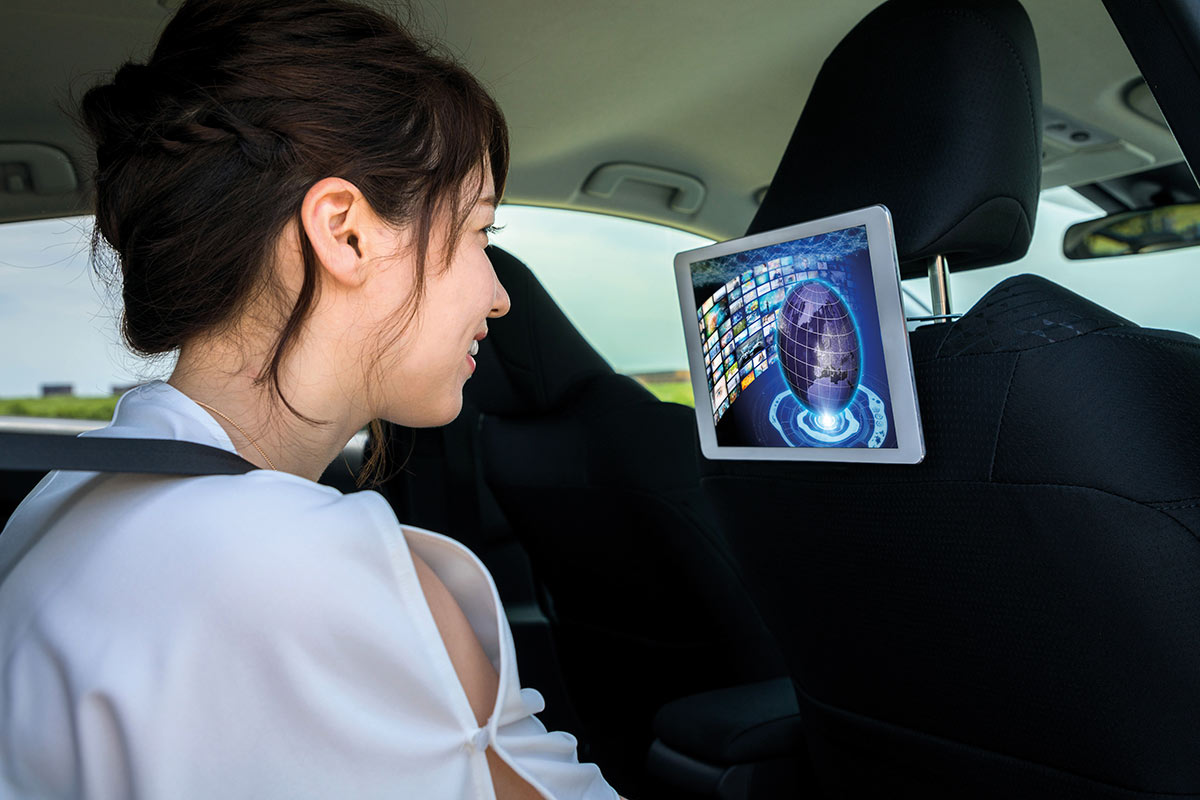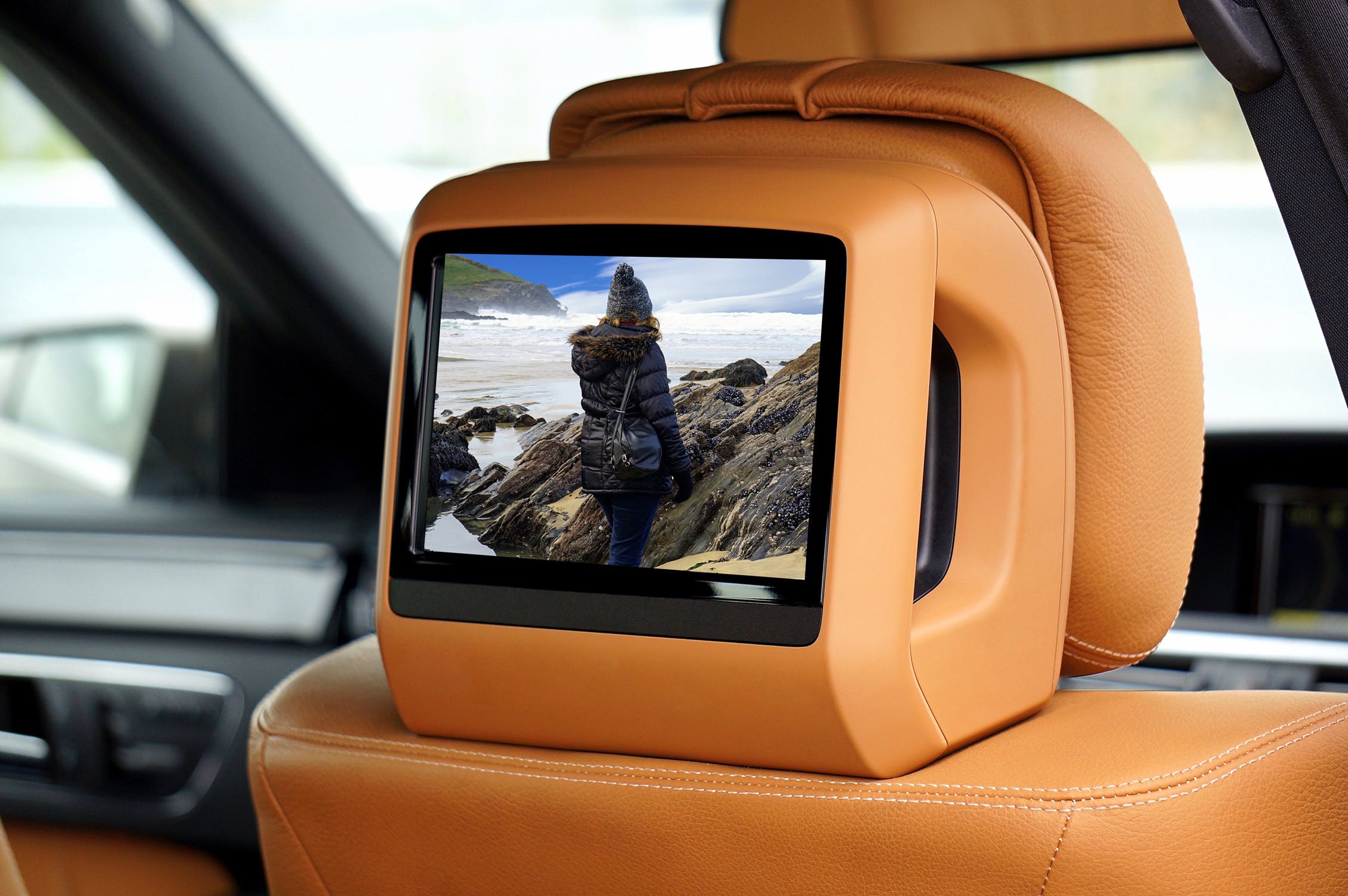By:
VNC Automotive
Date:
13th November 2019
“Are we there yet?” As any parent will know, car journeys with kids can be challenging. But with in-vehicle entertainment becoming commonplace, we are entering an era where cranky kids on long-distance journeys will be a thing of the past. Dare to dream as we explain how in-vehicle connectivity is bringing peace, harmony and – whisper it – fun to family car journeys.
The consumer calls for interactive rear-seat passenger screens makes sense
Accustomed to the technology of today, consumers are demanding the same level of connectivity, entertainment and productivity from their in-vehicle infotainment system, and this means the automotive industry must keep the pace. The vehicle infotainment system has now become the ‘fourth screen’, competing with TV, PC, and Smartphones.
Dashboard-based IVI units are now installed in most new mid-market cars. But with IVI technology now normalised, there is a growing clamour among consumers for fully interactive rear-seat passenger screens.
And with good reason. Different passengers have different entertainment demands. For example, it’s unlikely that a six-year-old would be interested in the News. Nor will most adults be able to tolerate more than about three minutes of Frozen. When it comes to entertainment, one size does not fit all.
Adding to the growth in demand for multiple in-vehicle screens is the fact that projecting content from the front screen can be distracting for the driver – and is banned in some countries. That said, it’s important to note that as cars become more autonomous there will be demand for the driver to have entertainment options too.
“Automotive grade connectivity software makes it possible to cast content to multiple screens, enabling passengers to personalise their own multimedia experience inside the car.”

Bring your own device (BYOD)
The imminent future is one of the multi-screen vehicles with diverse entertainment options. And while higher-end cars have sophisticated HMIs with native applications that stream content using in-built connectivity, a more cost-effective way to facilitate multi-screen technology is to leverage BYOD. Moreover, this is already achievable with the technology available today.
Unlimited entertainment options
Automotive grade connectivity software makes it possible to cast content to multiple screens, enabling passengers to personalise their own multimedia experience inside the car. And you can control the content of rear screens from the front screen through a permissions-based system (if for example, you want to control what children watch).
What type of content is available? The choice is yours: music streaming, video streaming, television, gaming, learning materials, web browsing and more. As for audio or graphic lag, forget about it. We are beginning to see cars hitting the market that are feats of multimedia engineering, where each passenger effectively has their own audio and visual bubble. Besides which, there are always headphones.
As well as empowering passengers with individual entertainment experiences, the leading connectivity protocols can enable simultaneous and synchronised streaming of multimedia content to multiple screens for a shared experience. So, if you all want to watch a film, stream a YouTube video or play a game together, it’s as simple as a few taps on the screen. Family Scrabble anyone?
The future is now
As connectivity technology evolves and vehicles become more automated, the humble motorcar will increasingly move towards a hub of entertainment. Are we there yet? The answer, emphatically, is yes. Peaceful family journeys, here we come.

Kim
13th November 2019
